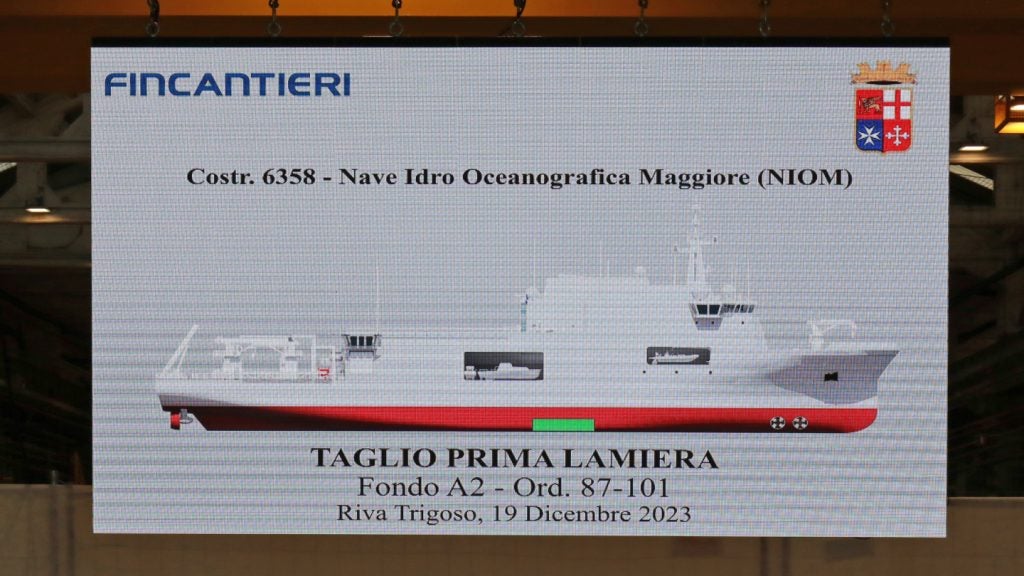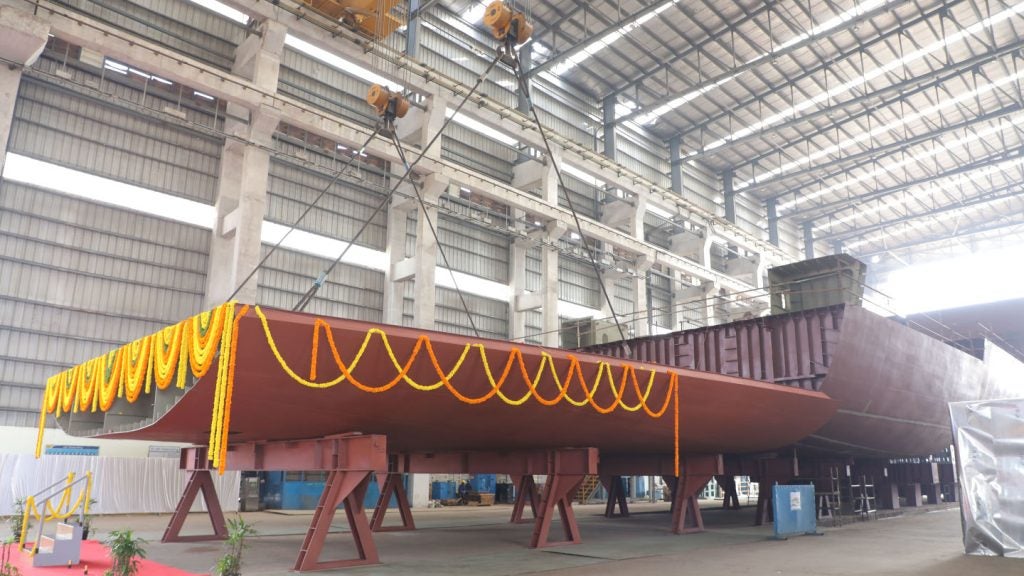The Katanpää Class mine countermeasure vessels (MCMVs) are built by the Italian shipyard, Intermarine, for the Finnish Navy. The new vessels replaced the ageing Kuha Class minesweepers of the Finnish Navy.
The Finnish Navy sent a request for information (RFI) to Intermarine in 2002. In November 2006, Intermarine was awarded a €244.8m contract to deliver three mine countermeasure vessels and a spare parts package.
Construction on the hull of the first vessel began in July 2007, with the vessel subsequently launched in June 2009. Construction of the second and third vessels started in March 2009 and February 2009, respectively. The MCMVs were earlier known as MCMV 2010 Class.
The first ship in class was named MHC Katanpää (40) in June 2009. The second vessel received its name, MHC Purunpää (41), in September 2010, and the third vessel was given the name MHC Vahterpää (42) in November 2011.
The MHC Katanpää (40) was handed over to the Finnish Navy in May 2012. The second vessel was delivered in August 2013, and the third vessel was handed over in 2015.
Katanpää Class design and features
The Katanpää Class vessels are designed to conduct operations in archipelagos, coastal areas and open seas. The vessels can be deployed to clear mines from nationally important shipping routes. The MCMVs enhance the capabilities of the Finnish Navy to conduct mine hunting and demolition tasks more effectively.
Mainly intended for domestic use, the vessels can also participate in international missions as they are EU and Nato interoperable. The vessels can also be used for seabed surveying, underwater exploration, and identifying and defusing underwater explosives.
MHC Katanpää has an overall length of 52.5m, beam of 9.47m and draft of 3.15m. The displacement of the ship is 680t. Each ship can carry a crew of between 34 and 38.
The vessel features a monohull design, built from composite materials. Fibreglass is used for the hull, decks and bulkheads. The decks are further strengthened with balsa and carbon fibre materials for shock resistance against underwater explosions. The advanced materials used in the construction reduce magnetic and acoustic signatures that could set off the mines.
Mine countermeasures equipment
The Katanpää Class vessels are equipped with advanced mine countermeasures systems enabling them to hunt, locate and destroy naval mines. The on-board remotely operated vehicles (ROV) include the Saab Double Eagle Mark II ROV and the Atlas Elektronik SeaFox I ROV.
The ship is also provided with a Kongsberg HUGIN autonomous underwater vehicle (AUV) and Kongsberg REMUS 100 AUV systems.
The HUGIN AUV has a multi-beam echo sounder (MBES) for gathering topographic information of the seabed. The REMUS 100 can collect sea floor data within 100m depth by using side-scanning sonar. The Double Eagle and SeaFox I ROVs are used to find and destroy naval mines.
Other sensors and processing systems include a Kongsberg EM-710 RD multi-beam echo sounder, Topographic Parametric Sonar (TOPAS) echo sounder and Klein Associates Klein 5500 towed side-scanning sonar.
The Kongsberg HiPAP 500 (high-precision acoustic positioning) system provides underwater positioning. The vessels employ a combination of sensors and equipment separately for assigned operations based on the task and environmental conditions.
Weapon systems
The Katanpää Class is mounted with a Bofors 40mm L/70 naval gun. It has a rate of fire of 300 rounds a minute. The gun’s firing is controlled by an Atlas Elektronik fire control system operated from either the battle command system or from the bridge. The ships are armed with depth charges for sinking hostile submarines.
Propulsion
The Katanpää Class is powered by a low-signature diesel-electric propulsion system integrating two MTU 8V-396-TE74 diesel engines. Each engine driving a Voith Schneider propeller provides a power output of 1,000kW. The propulsion system provides a service speed of 13k and a maximum range of 1,500nmi.








